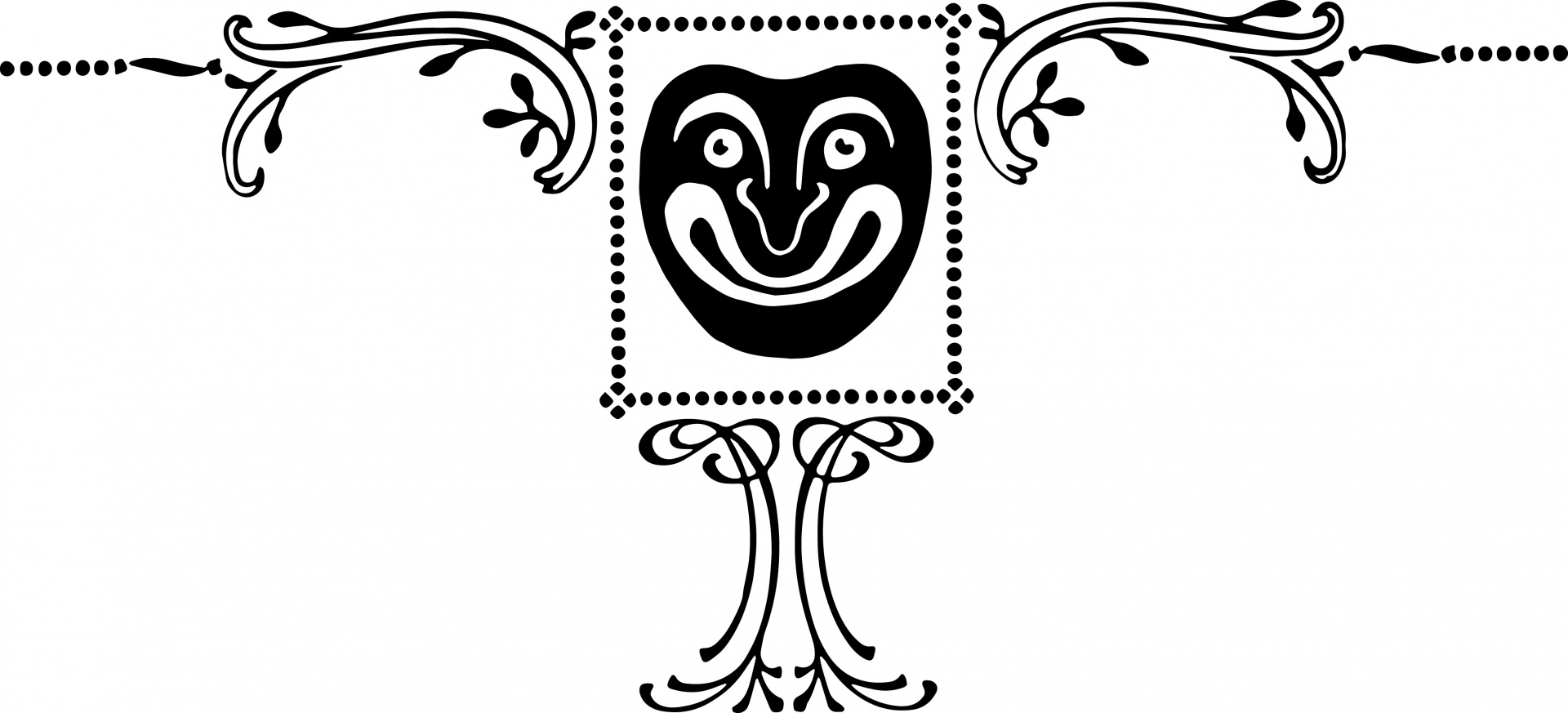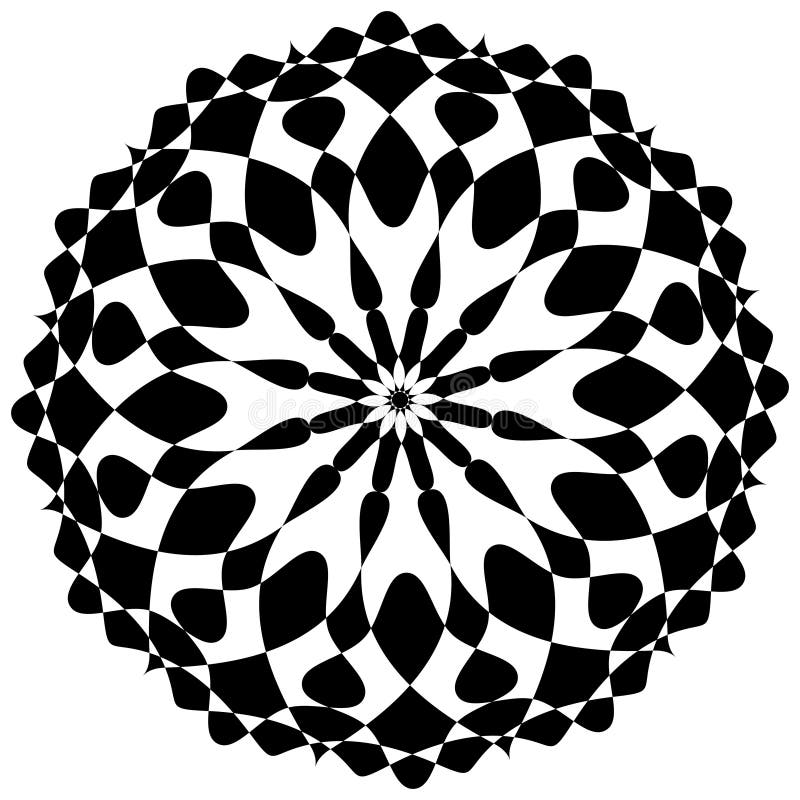Table Of Content

In this course, we’ll dive into the seven elements of design that can help you improve your content creation skills and ability to communicate through design. Don’t forget to follow this series on the principles of design to learn how to successfully arrange the basic elements of design we learn today. In this image, negative and positive space are interchangeable depending on what part of the image your eye focuses on. By concentrating on the white shape will notice a cup against a black background. On the other hand, if you focus on the black shapes you will see two faces in profile looking at one another in front of a white background. This guide presents the elements and principles of art and design—concepts that can be applied to all forms of visualization.
Elements of Design: Form (Positive Space)
Even though there is nothing there, we can make up where his legs and body are based on the elements around him. You'll learn each visual element from point to texture and how they contribute to creating a visual composition. A point is basically the beginning of “something” in “nothing”. It forces the mind to think upon its position and gives something to build upon in both imagination and space. Some abstract points in a group can provoke human imagination to link it with familiar shapes or forms.
He Grew This SEO WordPress Plugin to 3,000,000+ Users
Each element and principle defined in this guide uses at least one image to demonstrate how each concept is working. However, these examples are not the only way the element or principle can be put into practice. Think broad and fluidly when applying these design fundamentals in your own context. We can use colour, shape, contrast, scale, and/or positioning to achieve this. For instance, most websites have a main “hero” image, which uses dominance to appeal to users, drawing them to it naturally.
The Pareto Principle and Your User Experience Work
Hollister 2040 General Plan: Land Use and Community Design Element - Benitolink: San Benito County News
Hollister 2040 General Plan: Land Use and Community Design Element.
Posted: Wed, 02 Aug 2023 07:00:00 GMT [source]
We can use them to create shapes, and when we repeat them, we can form patterns that create textures. Unity in design principles refers to the cohesive arrangement of elements that ensures all parts of a composition work together harmoniously. It's achieved when each element appears to be an integral part of the overall design, resulting in a complete and aesthetically pleasing piece. White space gives breathing space to design elements and helps to improve the visual hierarchy, the way the eyes navigate through your design. Of course, it’s important what designers add to their web and graphic design, but what they don’t add is equally important. It helps to highlight the focal point of a design, simplify its readability, and make it pretty for the eye, without going overboard.
Space, also known as negative space, is the area surrounding and between the elements in a design. Just as important as the objects themselves, negative space influences the overall composition's balance and readability. Properly managing negative space can enhance the visual impact of a design, making it feel more open, airy, and harmonious. It can also help guide the viewer's attention and provide a sense of breathing room amidst various elements. When it comes to design, color is one of the first things that both users and designers notice. It can function as a standalone element or serve as a backdrop for others, such as lines, forms, textures, or typography.
The goal of any graphic designer is to make these principles come to life visually. If you want to learn how to be a great graphic designer, there are some fundamental elements and principles that you should understand. The elements of design are fundamental components that form the basis of any visual composition.

Design Fundamentals: Elements & Principles
For example, blue usually evokes emotions of tranquility, trust, and stability, while red is a louder color expressing passion, excitement, and sometimes anger. So, knowing the psychology of colors will help you decide whether you should go with red, blue, or maybe yellow and what colors you should mix with them for the best result. The steering wheel itself has more transparency too; Lucid has designed it with floating glass panels that hold the driver assist and entertainment controls. The look is novel and modern and blends well with other elements in the Gravity. The design challenge isn’t just about cargo space, though; Jenkins and his team also thought about how that space would translate to passenger comfort.
FAQs - The Essential Elements of Design
Texture in packaging: an underutilized design element - PlasticsToday
Texture in packaging: an underutilized design element.
Posted: Fri, 01 Dec 2023 01:51:02 GMT [source]
Making sure all of your design elements flow together nicely is a great way to give your work a professional look and feel. Balance is the most common and most important principle of every design. It forms the guidelines for designing your most essential and least significant aspects with the help of typography, color, contrast, images, and more. White space works well in corporate communication and aesthetic designs created for special occasions.
Every design is made up of basic elements built into a structure that communicates a message. In this course, we’ll dive into the seven elements of design that can help you improve your content creation skills. Create variety by adding unique or unexpected elements to your designs. Variety can be used to draw the user’s attention to specific elements or areas of the design, and make them stand out. While repetition adds a sense of harmony to your design, variety keeps it interesting and prevents users from getting bored.
Artists and designers are very particular about their choices and which elements they place on the page or screen. We all walk around with an innate sense of balance that makes us naturally symmetrical. The weight of the elements on a page can be increased by using the element's colour, size, or texture. For example, the font of the text could be made larger to emphasise a particular word. Not everyone is gifted or has the ability to put elements together to come up with visual content.
By manipulating shapes, designers can establish a sense of hierarchy and create visual interest, making certain elements stand out while maintaining overall coherence. You can show variety through colors, shapes, images, different typefaces, and other design elements. White space, or negative space, gives your composition room to breathe and helps certain elements stand out. And most of the time, it makes your work more successful by highlighting the important information and your main design element. The wave dominates the print, capturing the viewer's attention and creating a sense of dynamic energy.
At the same time, you should use other elements to give the design personality, movement, and depth. From photography to painting, to graphic design, to animation, to printmaking, to sculpture, there are many different ways to convey your message through images. The trick to using images effectively is picking the right one for the purpose. Colour theory can be a valuable tool for graphic designers who want to select a single colour or harmoniously combine multiple colours. This principles is also known as white space or negative space. This is the very open, underutilized area of any visual presentation or creation.
For this reason, shapes are crucial elements that we designers use for quick and effective communication. Balance can be achieved symmetrically, where elements mirror each other on either side of a central axis, or asymmetrically, where elements provide equilibrium without mirroring. Achieving balance creates stability, harmony, and cohesion in a design. It ensures that viewers can engage with the content without feeling overwhelmed or distracted. For a deeper dive into the intricacies of visual composition, including balance, refer to the article on the building blocks of visual design at interaction-design.org.
On your composition, you can show contrast with contrasting colors, light and dark hues, small and big shapes, thin and thick fonts, and more. The principle of design used to govern the usage of white spaces comes into play with minimalist designs in a significant way. It can create balance, improve the standard or level of design, and reduce clutter. Designs with more white spaces are referred to as “clean” pieces of work.
The lines in this image run in every direction, some parallel and others perpendicular to each other. They're also used to add details to the buildings and individual bricks to the wall. And finally, your design can have one of these two color systems – CMYK or RGB. To choose the right one for your art, you need to first analyze where it’ll be used.
Soon the trend spread beyond the state’s borders and across the internet. Pastel tableware mirrors sun-bleached SoCal but also acts as a neutral backdrop for Instagram food pics. Exposed rafters evoke Malibu ranch homes but could just as easily reference other trendy getaways, like a Tuscan villa or South African winery.

No comments:
Post a Comment